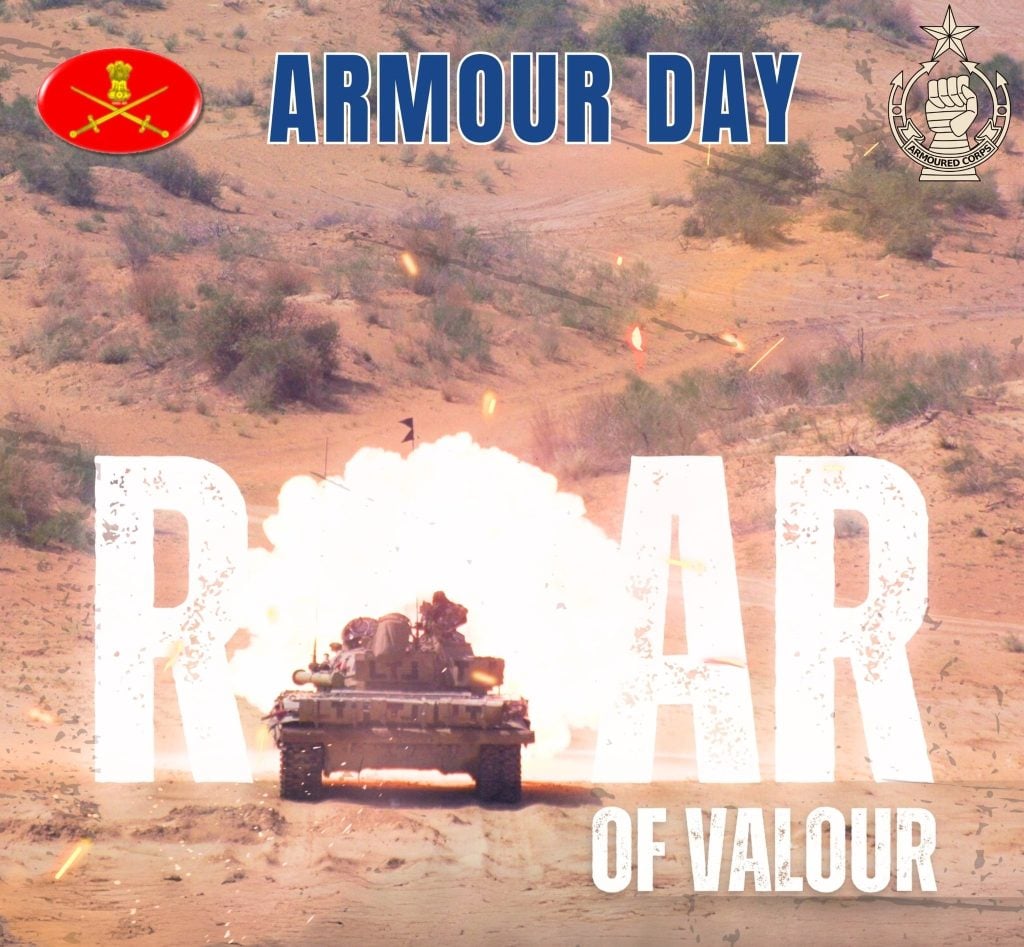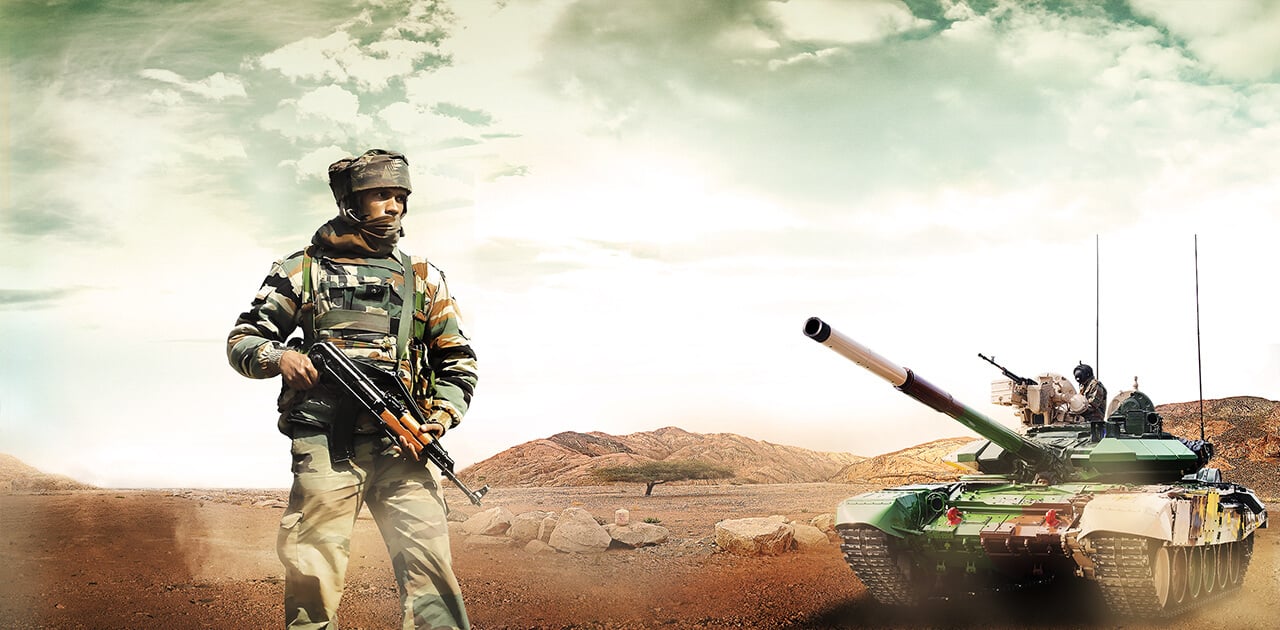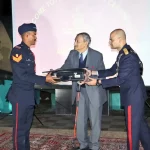The Indian Army marked Armour Day 2025 with a stirring tribute to the Armoured Corps, celebrating its evolution from cavalry regiments to a cutting-edge mechanized force. The annual commemoration, held on May 1, honors the Corps’ transformation that began in 1938, when the Scinde Horse regiment became the first to adopt tanks, including the Vickers Light Tank and Chevrolet Armoured Cars.
Leading the celebrations was General Upendra Dwivedi, the 30th Chief of Army Staff, who took office on June 30, 2024. In a formal address, he praised the Armoured Corps as the “Steel Fist of the Nation,” recognizing their bravery, discipline, and pivotal role in defending India’s borders. General Dwivedi also highlighted the Corps’ contributions to modern military strategy, especially under the Atmanirbhar Bharat (Self-Reliant India) initiative promoting indigenous defence manufacturing.

This year’s celebration comes at a sensitive time, amid escalating tensions with Pakistan. On April 30, Pakistan’s Foreign Office warned of “credible intelligence” suggesting imminent Indian military action. The alert follows the April 22 massacre of 26 Hindu tourists in Pahalgam, Jammu and Kashmir—the deadliest civilian attack in the region in over two decades. India has blamed the Pakistan-linked group “Kashmir Resistance” for the assault, triggering a series of diplomatic and economic reprisals, including suspension of the Indus Waters Treaty and curbs on bilateral trade and airspace usage.
In this charged environment, the Indian Army’s display of its armored strength served not just as a tribute but as a signal of readiness. The Armoured Corps, with roots dating back to 1776 and formally reorganized post-Independence in 1947, has been central to India’s military operations. Today, it continues to modernize with indigenous platforms like the Arjun Main Battle Tank and upcoming light tanks tailored for high-altitude warfare.
As India salutes the valor and tradition of its Armoured Corps, Armour Day 2025 also reflects the nation’s resolve to defend its sovereignty amidst evolving regional threats. The ceremonies underscore not just a celebration of legacy, but a call to vigilance in a turbulent geopolitical climate.













